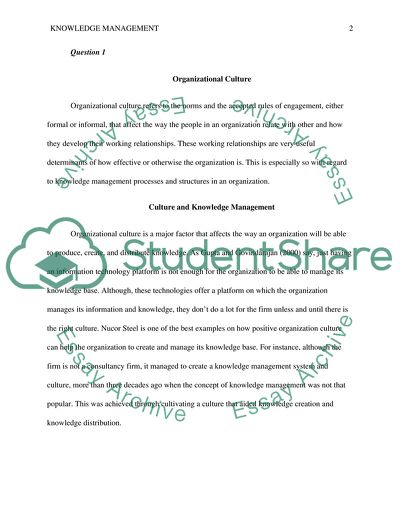Cite this document
(Knowledge Management and Organizational Culture Coursework Example | Topics and Well Written Essays - 1500 words, n.d.)
Knowledge Management and Organizational Culture Coursework Example | Topics and Well Written Essays - 1500 words. https://studentshare.org/culture/1810644-knowledge-management
Knowledge Management and Organizational Culture Coursework Example | Topics and Well Written Essays - 1500 words. https://studentshare.org/culture/1810644-knowledge-management
(Knowledge Management and Organizational Culture Coursework Example | Topics and Well Written Essays - 1500 Words)
Knowledge Management and Organizational Culture Coursework Example | Topics and Well Written Essays - 1500 Words. https://studentshare.org/culture/1810644-knowledge-management.
Knowledge Management and Organizational Culture Coursework Example | Topics and Well Written Essays - 1500 Words. https://studentshare.org/culture/1810644-knowledge-management.
“Knowledge Management and Organizational Culture Coursework Example | Topics and Well Written Essays - 1500 Words”. https://studentshare.org/culture/1810644-knowledge-management.


